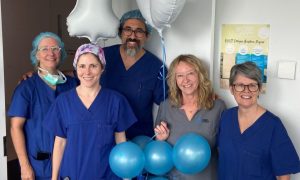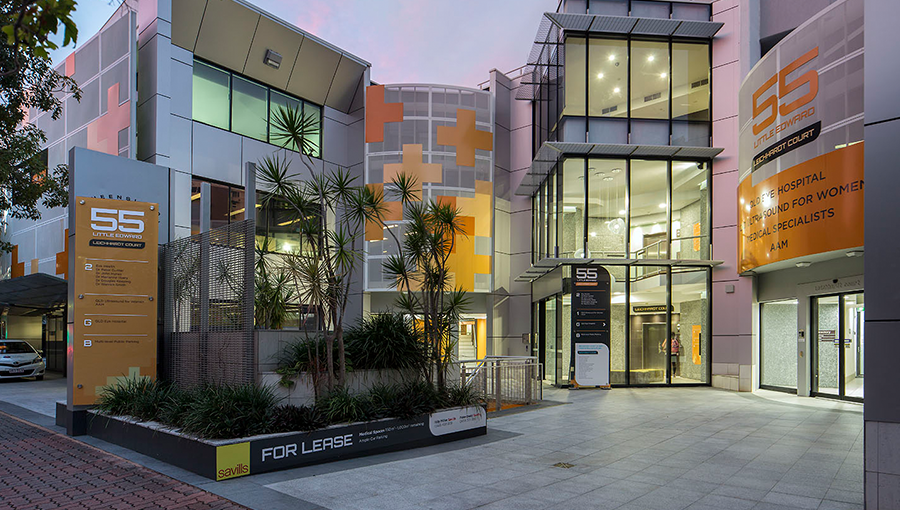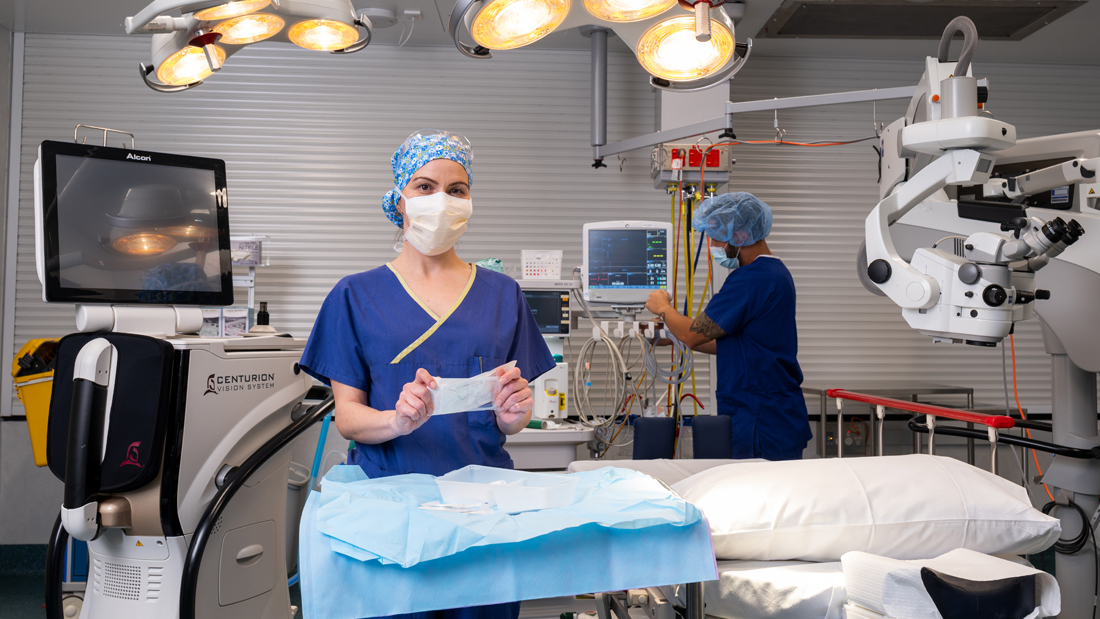Cura Group navigation
Hospital information
General information
Our procedures
Use the expand and collapse feature below to find more information, and patient information videos about the procedure you are undergoing.
A hysteroscopy is the procedure in which a thin, lighted tube is used to examine the inside of the uterus and cervix. Hysteroscopy can be used in the diagnosis and treatment of several conditions such as abnormal bleeding, polyps or tumours inside the uterus, and adhesions.
For some women, the Mirena intrauterine device (IUD) is an effective, long-term option for birth control. IUD insertion takes a few minutes in a doctor’s office.
Because the procedure is not surgical, it doesn’t require anesthesia or incisions. The doctor will insert a speculum to get a clear look at the cervix. After that, the doctor will use an antiseptic solution to clean the cervix and vagina. During Mirena placement, some doctors will use a local anesthetic to help numb the cervix. Then, the IUD enters the opening of the cervix and goes into the uterus in a thin, plastic tube. The doctor will cut the threads dangling from the device to a length of about 3 centimeters outside the cervix. The doctor should show you how to check your threads periodically.
LLETZ is an acronym for Large Loop Excision of the Transformation Zone. It is an operation done to remove abnormal cells from the cervix or the neck of your womb. An electrical current is passed through a thin wire loop that acts like a scalpel which cuts away a thin layer of the cervix
LLETZ stands for large loop excision of the transformation zone (of the cervix). In this procedure, the surgeon will remove a small segment of the cervix (the lower part of your womb or uterus) for examination.
Suction curettage is performed under local anesthesia using a sterile plastic cannula or curette inserted through a progressively dilated cervix with aspiration of the uterine contents by an electric pump. The procedure is completed by the physician’s examination of the aspirate for the presence of placental villi.
A colposcopy is a simple procedure used to look at the cervix, the lower part of the womb at the top of the vagina. It’s often done if cervical screening finds abnormal cells in your cervix.
Lipiodol flushing is a procedure similar to hysterosalpingogram (HSG). A catheter is inserted into the cervix, lipiodol (medical grade, iodized poppyseed oil) is then injected into the uterus and fallopian tubes with guidance from an X-ray (a flush procedure can use a water-soluble medium, but lipiodol is the preferred material).
Oocyte Pick Up (OPU) is the surgical procedure in the IVF cycle in which the eggs are collected or retrieved.
Surgical Sperm Collection/Retrieval is a procedure designed to collect sperm from either the epididymis or testis. It is used in conjunction with in-vitro fertilisation (IVF) or intra-cytoplasmic sperm injection (ICSI) to give men who have no sperm in the ejaculate (azoospermia) the opportunity to father their own child.
Embryo transfer consists of depositing the embryos generated in the laboratory in the woman’s uterus, waiting for them to implant and give rise to a pregnancy. It is a simple and painless process that does not require anesthesia.
Normally, the embryo transfer is carried out in a room attached to the laboratory to avoid risks in the handling and transport of the embryos.
The success of the embryo transfer does not only depend on the quality of the embryos, but it is also important to assess the state and receptivity of the endometrium.
A blepharoplasty is a procedure which removes excess or sagging skin from upper and/or lower eyelids. The surgery is usually performed for cosmetic reasons however; it can improve sight in patients whose eyelids are obscuring their vision.
A canthoplasty is a surgical procedure that tightens the area around the eye in order to correct a drooping appearance, and create an upward slant in the outer corner of the eye.
A chalazion is a lump on the eyelid that is usually caused by obstruction of the drainage duct of an oil gland within the upper or lower eyelid. Surgical removal of chalazion may become necessary if vision becomes obscured, or an astigmatism.
A Dacryocystorhinostomy (DCR) is an operation performed to unblock the nasolacrimal duct (tear duct).
Ectropion is a medical condition where the eyelid folds outward. Corrective surgery involves the removal of a small piece of the fold to tighten the muscles in the area.
An Endoscopic Brow Lift is a procedure in which a small endoscope is used to perform brow lift surgery. The scope is inserted into small incisions behind the hairline, providing surgeons with a clear view of the muscles and tissues beneath the skin.
Entropion is a medical condition where the eyelid folds inward. Corrective surgery involves the removal of a small piece of the fold to tighten the muscles in the area.
Excision of lesions is a procedure to remove growths such as lesions, moles and tumours from the skin, sometimes accompanied by frozen sections and followed by sutures or a graft. The most common reason for undertaking this procedure is for the removal of skin cancers such as Basal Cell Carcinoma which is the most common skin cancer on the face.
Ptosis is a drooping of the upper eyelid. Corrective surgery is performed by tightening the levator muscle through an incision in the normal crease in the upper lid.
Cataract surgery is the surgical replacement of a cloudy lens with an artificial intraocular lens (IOL) implant to restore vision. The cloudy lens is broken up and removed with an ultrasound probe through a very small incision in the eye, and the artificial lens is inserted.
An ICL procedure involves the insertion of an implantable contact lens in the front chamber of the eye, leaving the natural lens intact. The procedure, undertaken to correct short- or long-sightedness, is often used as an alternative to corrective laser procedures.
Intravitreal injections are used in the treatment of Age-Related Macular Degeneration. The Injections work by inhibiting the growth of abnormal blood vessels at the macula, and help to prevent leakage of these blood vessels.
A penetrating keratoplasty, or corneal transplant, replaces diseased or scarred corneal tissue with healthy tissue from an organ donor. Corneal transplants can treat a number of conditions such as keratoconus, Fuchs’ dystrophy, corneal infection, corneal dystrophy and corneal injury or trauma.
Pneumatic Retinopexy is a procedure in which retinal detachment is treated through the injection of a gas bubble.
A pterygium is a growth of blood vessels and fibrous tissues covering the surface of the eye due to over-exposure to sunlight over an extended period of time. A pterygium is treated with a surgical excision and an auto-conjunctival graft.
A refractive lensectomy or refractive lens exchange, replaces the natural lens with an artificial intraocular lens (IOL) implant. The surgery is usually performed to reduce a patient’s dependence on glasses or contact lenses.
A scleral buckle is when a silicone band is placed on the outer wall of the eye to close a retinal tear. Injections of gas or cryotherapy (intense cold) are also used to assist the buckle in closing the retinal tear.
Squint surgery involves tightening the extraocular eye muscles to change the eye position in order to correct a turned eye.
Glaucoma is characterised by elevated intraocular pressure associated with optic cupping and visual field loss. Trabeculectomy surgery lowers intraocular pressure by forming a new drainage to allow fluid to escape from the eye.
Vitrectomy is a surgery which removes the vitreous gel from the eye to assist in the repair of retinal detachments, macular holes and retinal membrane surgeries.
- Follow Brisbane Day Surgery on social






